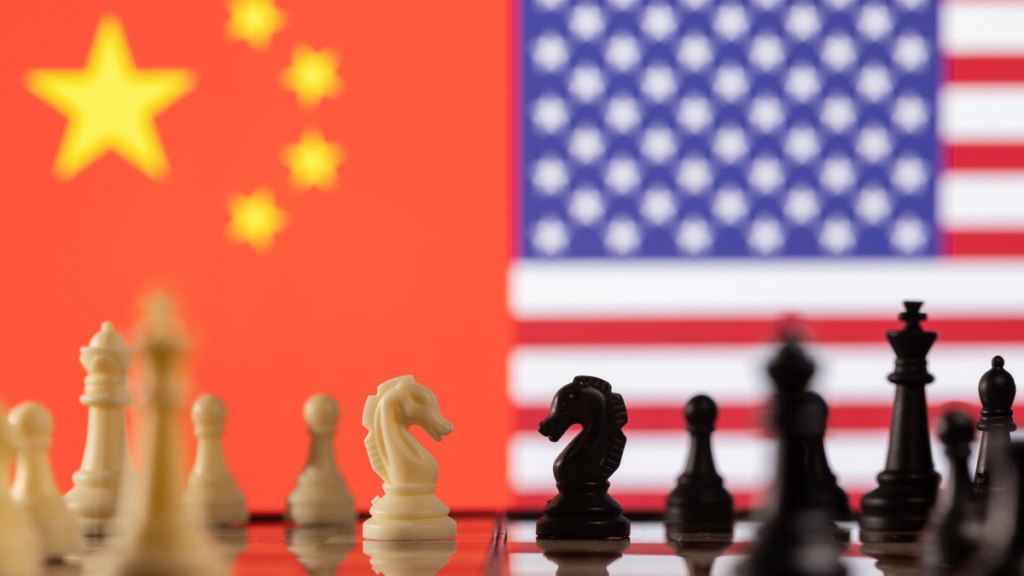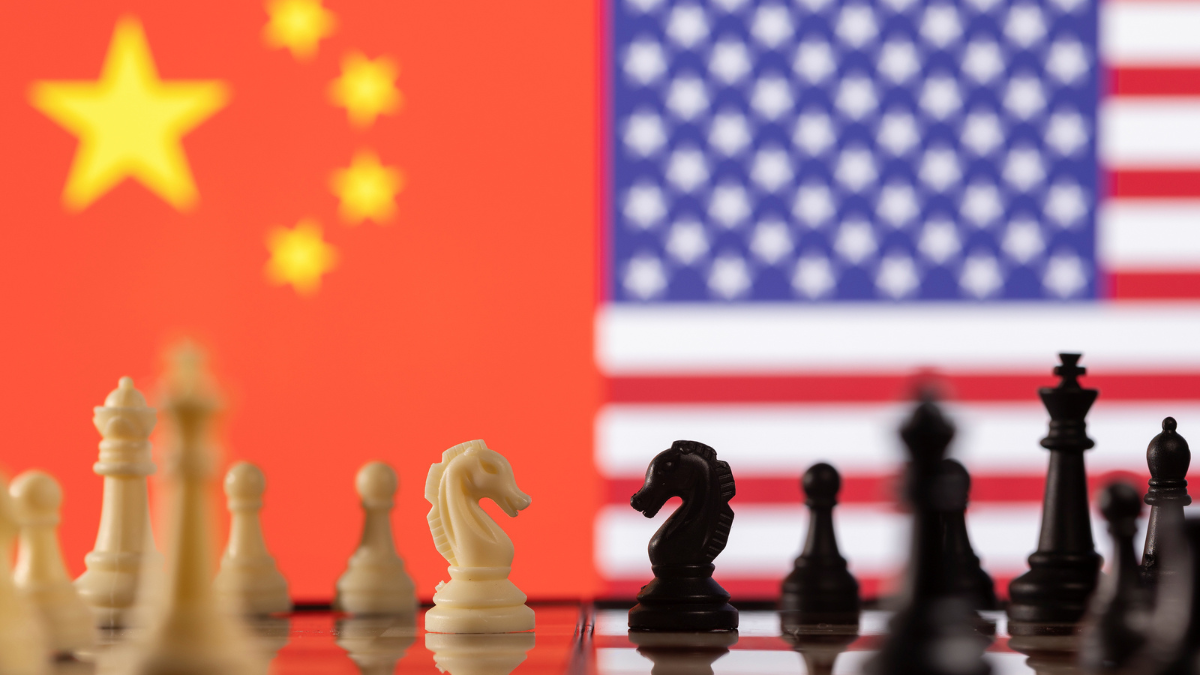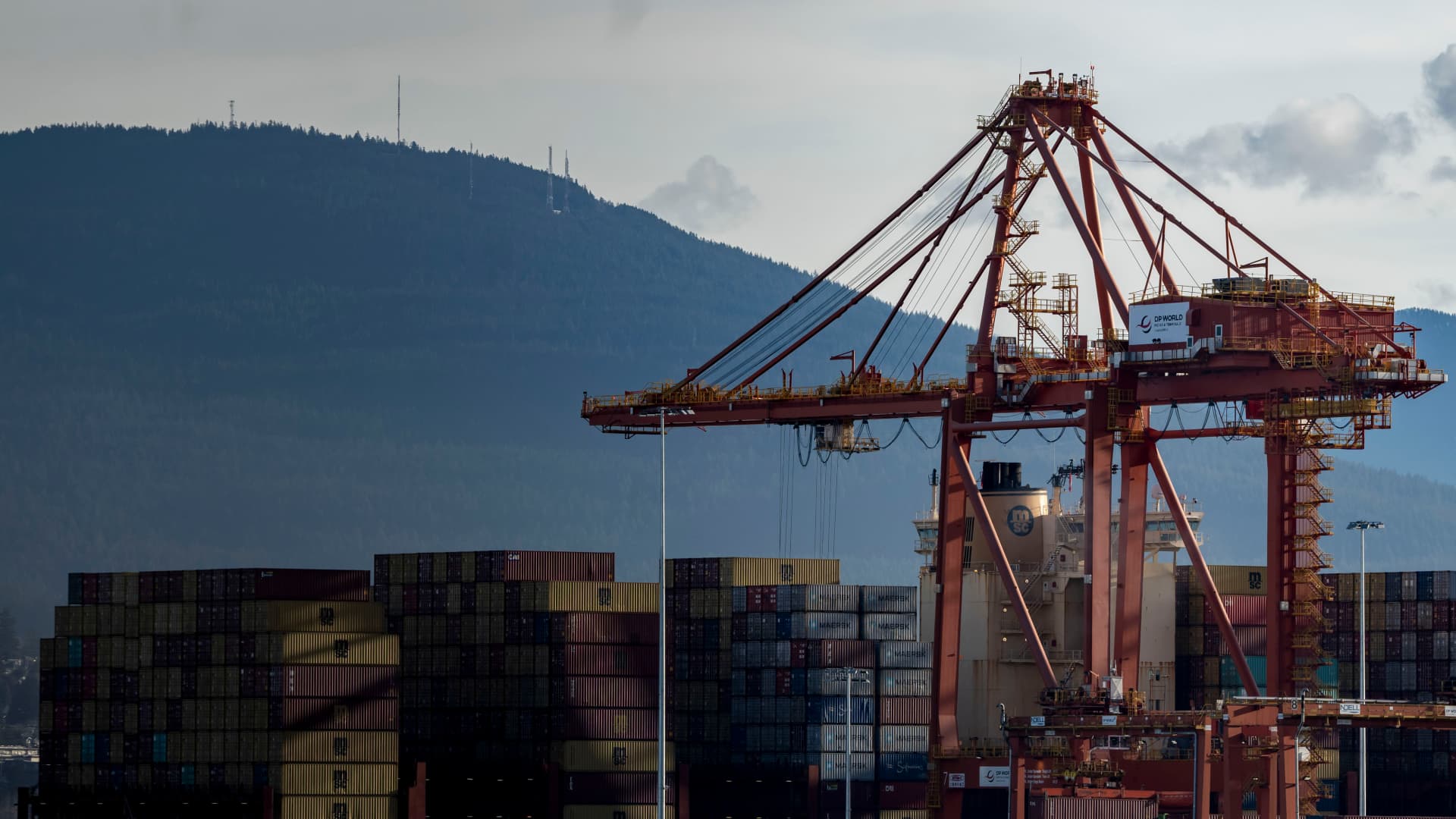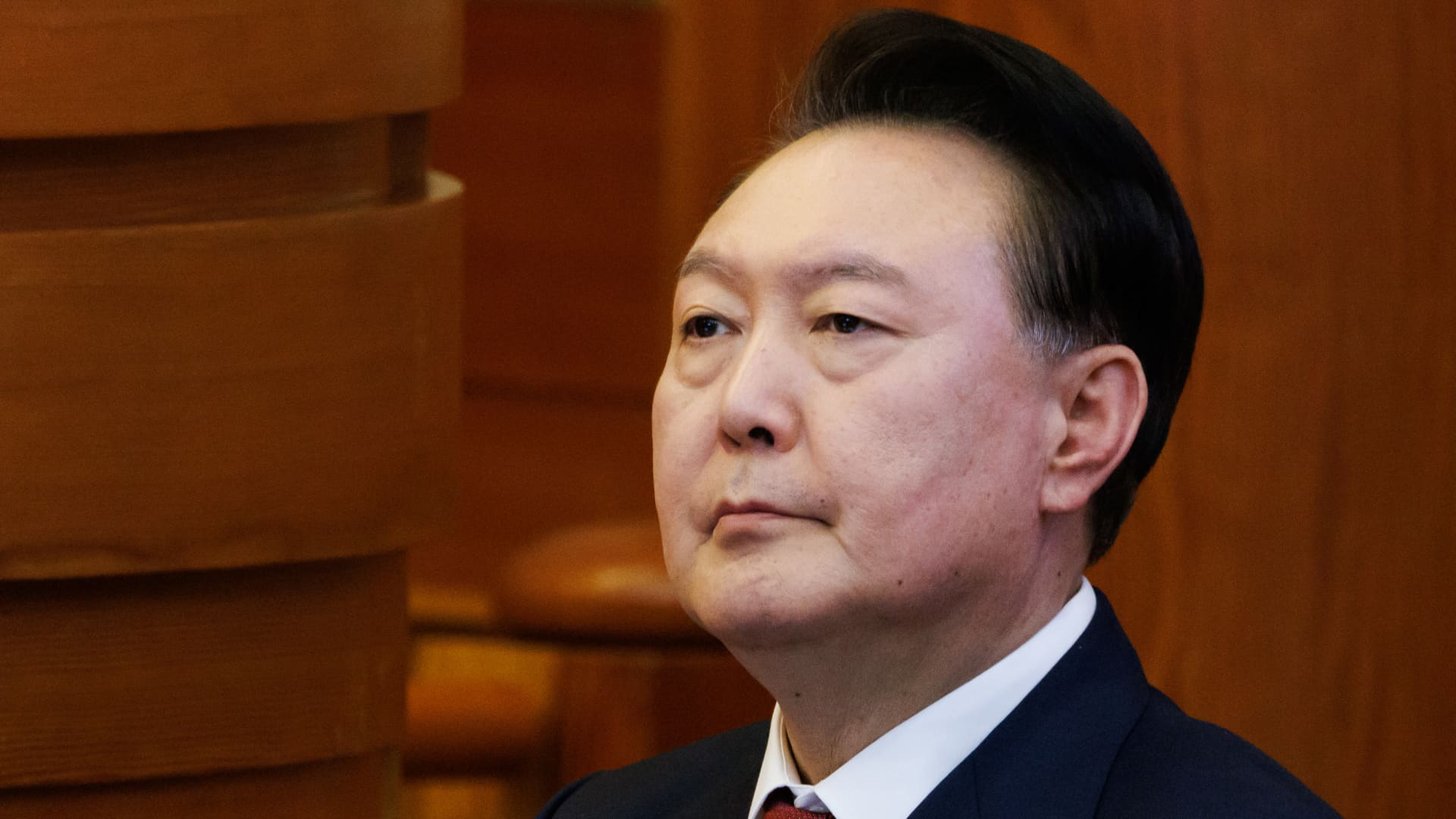US Allies Shift Toward China: In the past year, southeast Asia has become a key geopolitical flashpoint in which American influence, once paramount, is now being rapidly eroded. If Chinese economic inducements and perceived strategic security needs, along with Beijing’s burgeoning soft power, pull Southeast Asian allies away from the U.S. toward China, there would ensue an altered political topography for this region-one in which America would be consigned to an apparently diminishing presence in a strategically vital area.
Table of Contents: US Allies Shift Toward China
Economic Clout
The Power of the Belt and Road Initiative of China In that respect, an emergent China as a colossus has been one of the most decisive factors in altering the nature of its relationship with countries from Southeast Asia. Through its ambitious Belt and Road Initiative, China poured billions into infrastructure development across the region. Whether by highways and ports in Malaysia or railways in Laos, Beijing’s financial help filled a desperate gap for many developing Southeast Asian economies that badly needed good infrastructure as the underpinning factor to boost their economic growth.
For countries like Cambodia and Laos, even Indonesia, the economic reasons to ally themselves with China are simply impossible to refute. While the idea of China as a greater trade partner and financer has brought some semblance of stability not perceived from the U.S. as of late,.
The Comprehensive and Progressive Agreement for the Trans-Pacific Partnership is a free trade agreement that the United States withdrew from under the Trump administration, reducing America’s economic presence between participating nations and creating a vacuum that was expertly and undoubtedly filled by China.
A Rising Regional Player
This is taking place even as Beijing’s level of diplomatic engagement with, and military reach over, the region has increased exponentially. If Washington had found a way to preserve its defense relationships with countries like the Philippines or Thailand, Beijing made that calculus irrelevant by building up overwhelmingly superior military power in the South China Sea, underpinned by intensive naval patrolling.
Countries in the region such as Vietnam, Malaysia, and the Philippines have expressed concern over the territorial disputes with China in the South China Sea. To be sure, for many others, Beijing’s mix of economic allure and strategic pledges has reduced tensions as governments across Southeast Asia try to accommodate the rising giant in their backyard.
For some U.S. allies, such as the Philippines, this pivot toward China has been all too stark. Under the stewardship of President Rodrigo Duterte, Manila started to inch away from Washington and leaned toward Beijing with open arms for Chinese investments in infrastructure and softening its territorial disputes. The Philippines under the stewardship of President Ferdinand Marcos Jr. has, however, sought to recast relations with the U.S., although that will be done under the shadow of vast Chinese influence.
The U.S.’s decreasing soft power.
Diplomatic and Military Clout
Probably the worst of such trends relates to the reduction in the United States’ soft power in the area. Previously, the US was able to use its cultural and educational lures—the American universities, pop culture, and the values that were defined as representative democracy—as implementable forces. Over the last decade, China has surged ahead with its efforts to expand cultural diplomacy through means of Confucius Institutes, educational exchanges, and media partnerships.
Southeast Asia boasts a significant ethnic Chinese diaspora, and this cultural and historical similarity has been leveraged by China to entrench itself better with the locals. It is such interaction at an almost personal level that the U.S. has struggled to keep up with, especially under its foreign policy approach in somewhat inconsistent ways throughout the region.
Strategic Implications for the United States The geopolitical realignment of Southeast Asia to China is a United States problem simply because Washington constantly tries to balance the rising power across the globe. Southeast Asia is not only strategic; it rests on the crossroads of both the Indian and Pacific oceans, hence very important in matters of trade and strategic military positioning. An effective Indo-Pacific strategy will be undercut if the U.S. continues to lose ground in that region.
Therefore, in real terms, Washington’s effort to reorient back to Asia—especially under the Indo-Pacific Strategy of the Biden and Trump Administrations—has not delivered handsome returns yet. Of course, it reiterated its commitment to regional security and economic partnership, but for sure, direct investment and outreach are domains where the U.S. is lagging way behind China.

Conclusion: US Allies Shift Toward China
A Watershed for Southeast Asia With Southeast Asia’s continued tilt toward China, the United States stands at a foreign policy watershed. Washington now has the onus of recovering such lost influence in order to reimagine economic engagement with the region, augment diplomatic outreach, and show more coherence in its presence there. If nothing is done, the real possibility is that China will become preponderant in Southeast Asia, and the course of the regional and global balance of power might dramatically shift for decades ahead. Pcia magnetism and regional security policies are turning Southeast Asia toward Beijing perhaps in a longer-term shift out of the orbit of influence that has been Washington’s.




